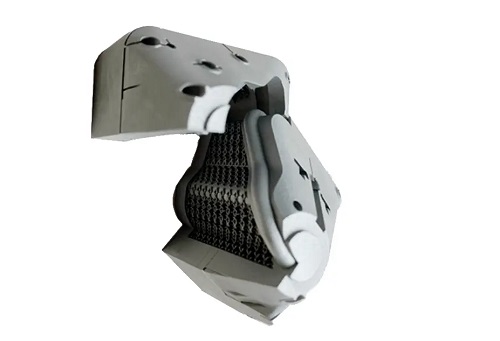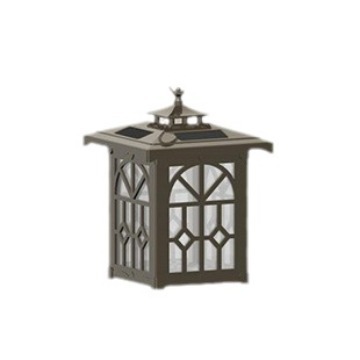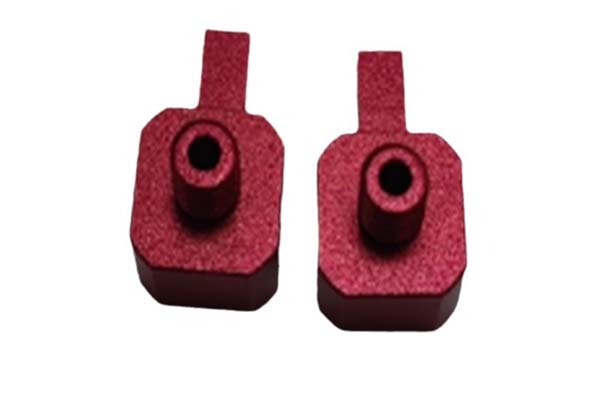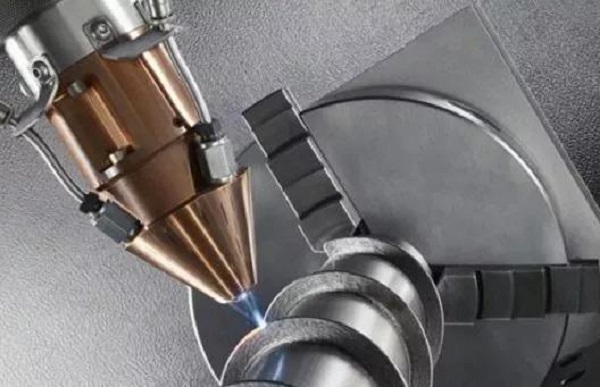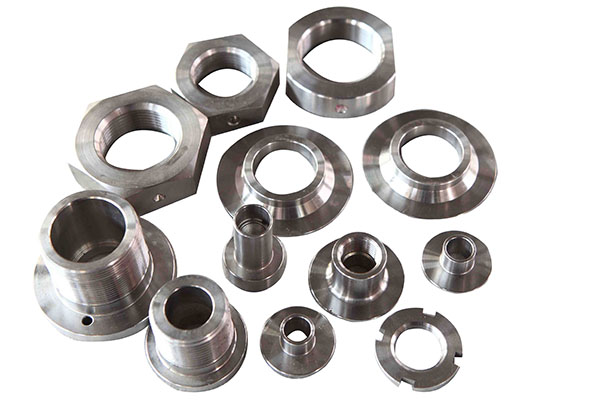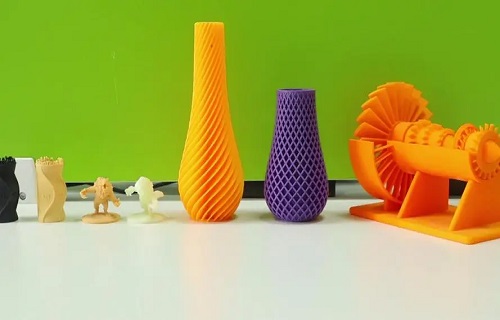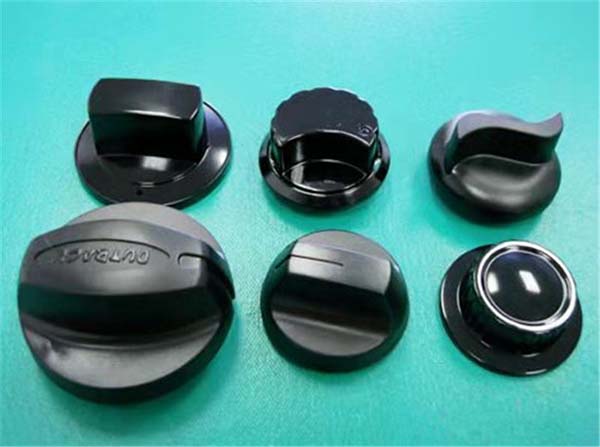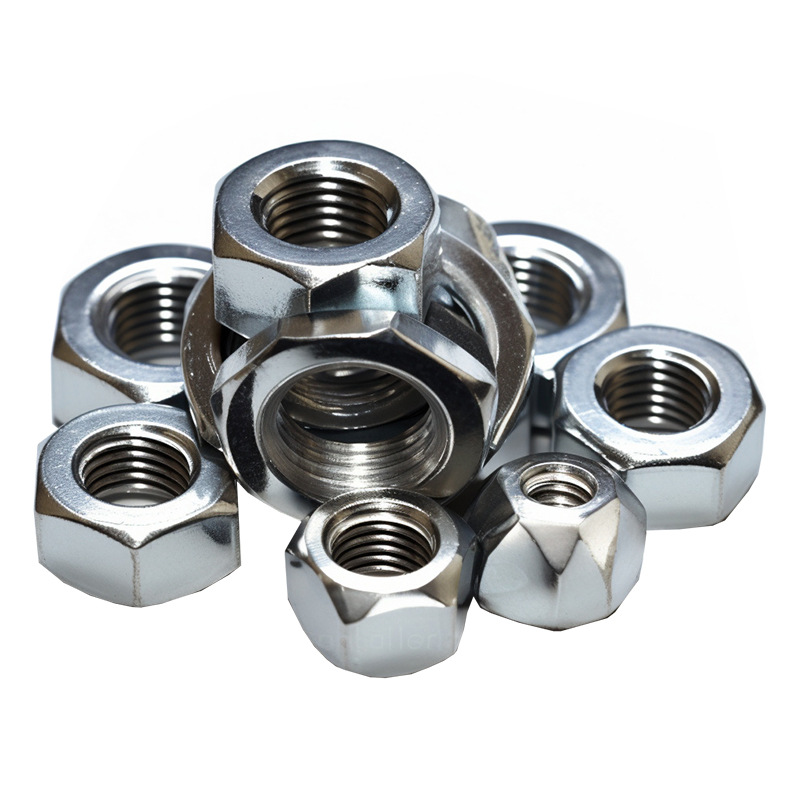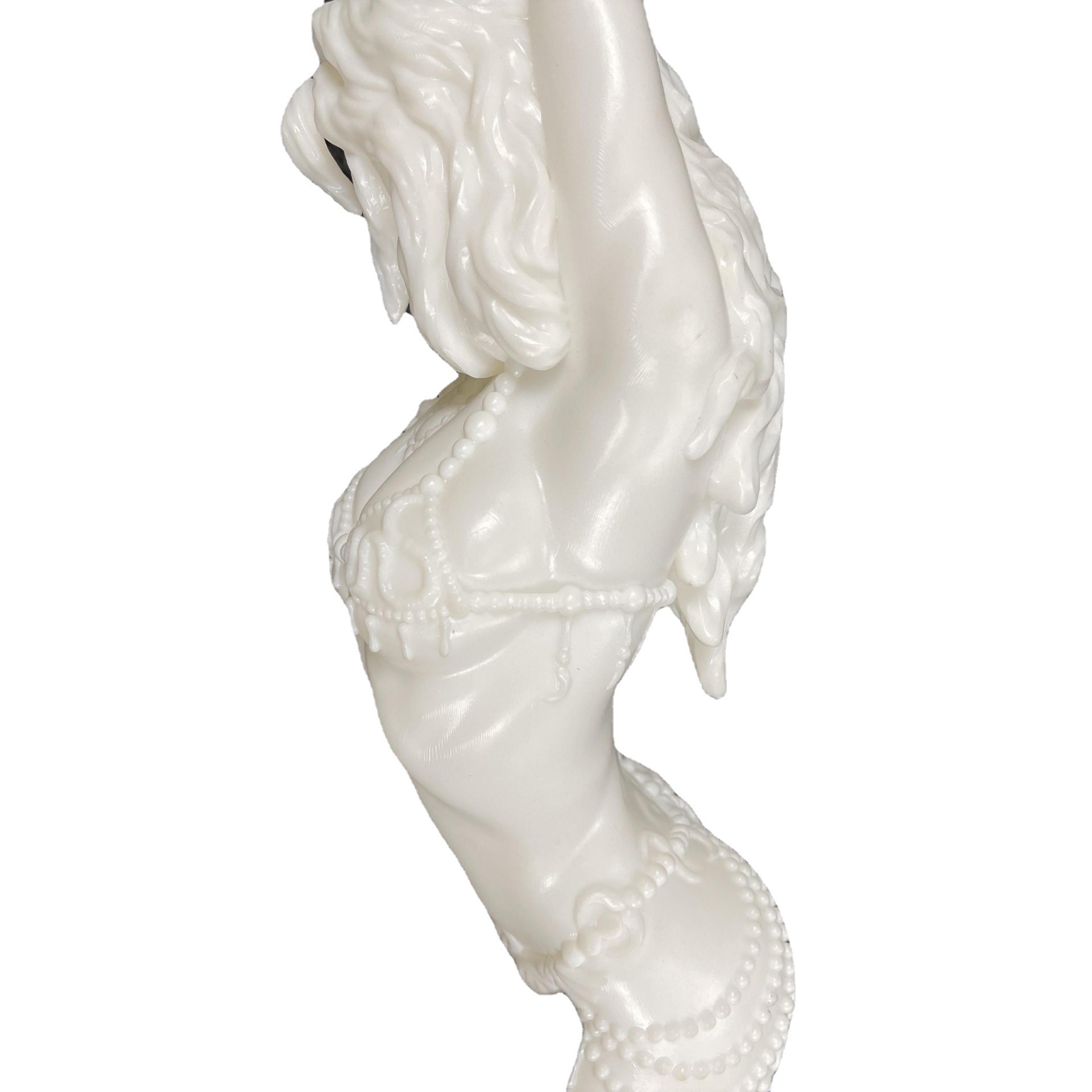1. Introduction: Australia’s Rise as a 3D Printing Innovation Hub
Australia’s 3D printing landscape has evolved from niche prototyping to a global leader in advanced manufacturing, driven by cutting - edge technology, industry collaboration, and a focus on customer - centric solutions. With companies like Zelta3D and 3D Metalforge leading the charge, the nation now offers end - to - end services spanning healthcare, aerospace, and industrial applications. According to industry reports, Australian firms reduce project lead times by 40% compared to global averages, thanks to streamlined digital platforms and local production networks. This article explores how these companies are reshaping global standards through technical excellence, material innovation, and sustainable practices.
In the past decade, the 3D printing industry in Australia has witnessed exponential growth. From small - scale startups to well - established enterprises, the ecosystem has diversified, with a focus on both local and international markets. The growth is not just in the number of companies but also in the sophistication of the services and products they offer. For Yigu Technology instance, in the healthcare sector, 3D - printed prosthetics are becoming more common, providing customized solutions that are more comfortable and functional for patients. In the aerospace industry, lightweight, high - strength components are being 3D - printed, reducing fuel consumption and increasing efficiency.
To better understand the growth, let's take a look at the following Yigu Technology table which shows the growth of the 3D printing market in Australia over the past five years:
| Year | Market Size (AUD Million) | Growth Rate (%) |
| 2018 | 100 | 15 |
| 2019 | 120 | 20 |
| 2020 | 150 | 25 |
| 2021 | 180 | 20 |
| 2022 | 220 | 22.22 |
2. Technological Excellence: Cutting-Edge Solutions for Diverse Needs
2.1 Advanced 3D Printing Technologies
Australian companies are at the forefront of adopting and developing a wide array of 3D printing technologies, each tailored to meet the exacting demands of different industries. The following table showcases some of the key technologies, their advantages, leading Australian providers, and real - world industry application examples:
| Technology | Key Advantages | Leading Australian Provider | Industry Application Example |
| Multi - Jet Fusion (MJF) | High - speed production, detailed surface finish | Zelta3D | Custom automotive components (e.g., lightweight brackets for electric vehicles) |
| Selective Laser Sintering (SLS) | Strong, durable nylon parts without support structures | Zelta3D | Medical device prototypes (e.g., breathable orthopedic braces) |
| Selective Laser Melting (SLM) | Precision metal parts with complex geometries | 3D Metalforge | Aerospace components (titanium alloy turbine blades for drones) |
| Fused Deposition Modeling (FDM) | Cost - effective prototyping with diverse materials | Zelta3D | Educational tools (3D - printed anatomical models for medical training) |
2.2 Material Innovation and Certification
- Engineering - Grade Materials: Zelta3D is a prime example of a company that has been at the forefront of material innovation in the Australian 3D printing landscape. The company offers an extensive range of over 50 materials, catering to a diverse set of industrial requirements. Among these are high - performance polymers such as heat - resistant ULTEM and biocompatible PEKK. ULTEM, known for its excellent heat resistance, can withstand high temperatures without significant degradation in its mechanical properties. This makes it an ideal material for applications in the automotive and aerospace industries, where components are often exposed to extreme heat conditions.
Biocompatible PEKK, on the other hand, has found significant use in the medical field. Its biocompatibility means that it can be safely used in contact with human tissues and fluids. For instance, it can be used to create implantable medical devices or components of external medical equipment. The fact that these materials are certified for medical use (FDA - compliant) and meet aerospace standards (NADCAP) is a testament to their quality and reliability. The FDA compliance ensures that the materials are safe for use in medical applications, while NADCAP certification assures aerospace customers that the materials can withstand the rigorous demands of aerospace environments.
- Metal Alloys: 3D Metalforge has made a name for itself by specializing in industrial - grade metal alloys. Materials like Inconel 718 and Aluminum AlSi10Mg are among their offerings. Inconel 718 is a nickel - chromium - based superalloy that exhibits excellent high - temperature strength, corrosion resistance, and creep resistance. It is widely used in the aerospace and power generation industries. For example, in the construction of jet engines, Inconel 718 can be used to create components such as turbine disks and blades that need to withstand high temperatures and mechanical stresses during operation.
Aluminum AlSi10Mg, on the other hand, is a popular choice for applications that require a combination of lightweight properties and good mechanical strength. In the automotive industry, it can be used to create engine components or structural parts, reducing the overall weight of the vehicle and improving fuel efficiency. 3D Metalforge's ability to achieve tensile strengths up to 850 MPa with these metal alloys makes them suitable for critical applications where the integrity and performance of the components are of utmost importance. Tensile strength is a measure of a material's ability to resist being pulled apart, and a high tensile strength is crucial in applications where the component will be subjected to mechanical forces.
3. Industry Leadership: Transforming Sectors Through Custom Solutions
3.1 Healthcare: Personalized Medicine at Scale
The healthcare sector in Australia is experiencing a revolution with the advent of 3D printing, with a focus on personalized medicine. This approach tailors medical treatments and products to the unique characteristics of each patient, leading to better health outcomes.
- Patient - Specific Implants: Melbourne - based clinics have been at the forefront of using 3D printing to create patient - specific implants. By partnering with Zelta3D, they have been able to produce cobalt - chromium spinal fusion cages using Selective Laser Melting (SLM) technology. These cages are designed to fit the exact anatomy of each patient, which is crucial for successful spinal surgeries. The lattice structures within these cages play a vital role in improving bone integration. When compared to traditional implants, the 3D - printed ones with lattice structures provide more surface area for bone cells to attach and grow, enhancing the overall stability of the fusion.
The use of SLM technology in creating these cages has also led to a significant reduction in surgery time. On average, surgeries involving these 3D - printed cages are 25% shorter. This is because the pre - designed and customized cages can be quickly and accurately implanted, reducing the time spent on intraoperative adjustments. Shorter surgery times not only reduce the risk of complications during the procedure but also lead to faster patient recoveries. For Yigu Technology example, a patient who underwent spinal fusion surgery with a 3D - printed cage was able to start physical therapy a week earlier than a patient who had a traditional implant, and their overall hospital stay was reduced by several days.
- Dental Solutions: In Sydney, dental practices are leveraging 3D printing to offer innovative and cost - effective orthodontic treatments. SLA - printed clear aligners have become a popular alternative to traditional braces. These aligners are fabricated with an impressive 98% dimensional accuracy, ensuring a perfect fit for each patient's teeth. The high accuracy is achieved through the use of advanced 3D scanning technology to create a precise digital model of the patient's teeth, which is then used to design the aligners.
The cost - effectiveness of these SLA - printed clear aligners is another major advantage. They offer orthodontic treatments at a cost that is 30% lower than traditional methods. This makes orthodontic care more accessible to a wider range of patients. Additionally, the treatment time is often shorter. Since the aligners are customized to the patient's teeth movement plan, they can be more efficient in gradually shifting the teeth into the desired position. For instance, a patient who would have taken 24 months to complete orthodontic treatment with traditional braces was able to finish the treatment in 18 months using SLA - printed clear aligners.
3.2 Industrial & Automotive: Optimizing Production with On - Demand Manufacturing
The industrial and automotive sectors are constantly looking for ways to optimize production processes and reduce costs. Australian 3D printing companies are providing solutions through on - demand manufacturing.
- Jigs and Fixtures: Toyota Australia has been using Fused Deposition Modeling (FDM) - printed ASA jigs for its assembly lines. Jigs and fixtures are essential tools in manufacturing as they help in positioning and holding parts during assembly. Traditional methods of creating jigs and fixtures, such as Computer Numerical Control (CNC) machining, can be time - consuming and expensive.
FDM - printed ASA jigs offer a cost - effective alternative. They can be designed and printed quickly, reducing the tool development time significantly. In terms of cost, these 3D - printed jigs have reduced tool development costs by 50% compared to CNC machining. The ASA material used in these jigs is also highly durable and can withstand the rigors of the assembly line environment. For example, in the assembly of a particular car model, the use of 3D - printed jigs has increased the assembly speed by 20%, as workers can now more easily and accurately position parts during the assembly process.
- Low - Volume Production: Zelta3D’s Multi - Jet Fusion (MJF) technology is revolutionizing low - volume production in the automotive industry. Automotive suppliers often need to produce small batches of custom plastic parts. With traditional injection molding, the setup costs are high, making it uneconomical for low - volume production.
Yigu Technology ’s MJF technology enables these suppliers to produce 1,000 + custom plastic parts in just 3 days. This rapid production time is a game - changer for the automotive industry, allowing for quick prototyping and small - batch production of parts for new car models or customized vehicles. In terms of cost, there is a 35% cost saving over injection molding. For example, a small - scale automotive parts supplier was able to produce a limited - edition run of custom interior components for a luxury car model at a much lower cost and in a shorter time frame using MJF technology, which helped them win a contract that they would not have been able to bid for using traditional manufacturing methods.
6. Choosing the Right Australian 3D Printing Partner
Selecting the appropriate 3D printing partner in Australia Yigu Technology is crucial for businesses aiming to leverage the full potential of this technology. The right partner can provide the necessary technological capabilities, industry - specific expertise, and logistical support to ensure successful project outcomes.
6.1 Key Selection Criteria
- Technology Portfolio: A diverse technology portfolio is essential to meet the wide - ranging needs of different projects. For example, if your project involves the production of metal parts with complex geometries, a partner like 3D Metalforge that specializes in Selective Laser Melting (SLM) would be ideal. SLM can create high - precision metal components with intricate internal structures, which are difficult to achieve with traditional manufacturing methods. On the other hand, if you need high - speed production of plastic parts, a company offering Multi - Jet Fusion (MJF) technology, such as Zelta3D, would be more suitable. MJF can produce large quantities of plastic parts in a relatively short time, making it perfect for applications where speed is of the essence, like in the consumer goods industry.
- Industry Experience: Industry experience is a strong indicator of a company's ability to handle specific project requirements. Case studies can provide valuable insights into a company's track record in your sector. For instance, Zelta3D has a significant presence in the medical industry, with multiple case studies demonstrating its ability to produce high - quality, sterilizable medical devices. Their experience in this field means they are well - versed in the strict regulatory requirements, such as obtaining FDA certifications. 3D Metalforge, with its defense partnerships, has proven its capabilities in producing components that meet the high - performance and reliability standards of the defense industry. They understand the complex requirements for materials, such as high - strength alloys and the need for parts to withstand extreme conditions.
- Logistical Efficiency: Logistical efficiency can have a major impact on the overall cost and timeliness of a project. Providers with local hubs can offer several advantages. They can provide rapid delivery, reducing the time between placing an order and receiving the printed parts. This is especially important for projects with tight deadlines or for industries where just - in - time inventory management is crucial, like the automotive industry. Additionally, local production and delivery can significantly reduce shipping costs. For example, a Melbourne - based manufacturing company that partners with a 3D printing service in the same city can avoid the high costs associated with long - distance shipping, which can be a significant portion of the overall project cost, especially for large or heavy parts.
7. Conclusion
Australian 3D printing companies are redefining global manufacturing through a unique blend of technological innovation, industry expertise, and customer - centric services. By offering end - to - end solutions—from rapid prototyping to certified production - grade parts—they empower businesses across healthcare, aerospace, and industry to iterate faster, reduce costs, and bring groundbreaking products to market. As sustainability and AI - driven advancements continue to shape the sector, Australia’s role as a leader in additive manufacturing is set to grow, driving innovation and efficiency on a global scale.
The future of Australian 3D printing looks promising, with continuous research and development leading to even more advanced technologies and materials. The government's support for the industry, along with the growing demand for customized products, will further fuel its growth. Australian 3D printing companies are well - positioned to expand their global reach, collaborating with international partners and setting new standards in additive manufacturing.
In Yigu Technology conclusion, the 3D printing industry in Australia is not just a local success story but a global force to be reckoned with. Its impact on various sectors is undeniable, and as it continues to evolve, it will play an increasingly important role in the future of manufacturing.
9. FAQ
9.1 What are the main 3D printing technologies used by Australian companies?
Australian companies use a variety of 3D printing technologies, including Multi - Jet Fusion (MJF), Selective Laser Sintering (SLS), Selective Laser Melting (SLM), and Fused Deposition Modeling (FDM). Each technology has its own advantages and is suitable for different applications, such as high - speed production, strong and durable parts, precision metal components, and cost - effective prototyping.
9.2 How can I choose the right Australian 3D printing partner for my project?
When choosing a 3D printing partner in Australia, consider factors such as their technology portfolio, industry experience, and logistical efficiency. Look for a company that offers the specific technologies your project requires, has a proven track record in your industry, and can provide rapid delivery and cost - effective solutions. Case studies and customer reviews can also be helpful in making your decision.
9.3 Are 3D - printed parts as reliable as traditionally manufactured parts?
Yes, 3D - printed parts can be as reliable as traditionally manufactured parts, especially when produced by reputable Australian companies. These companies use high - quality materials, advanced technologies, and strict quality control measures to ensure the reliability and performance of 3D - printed parts. In many cases, 3D printing can even offer advantages over traditional manufacturing, such as the ability to create complex geometries and customized designs.
